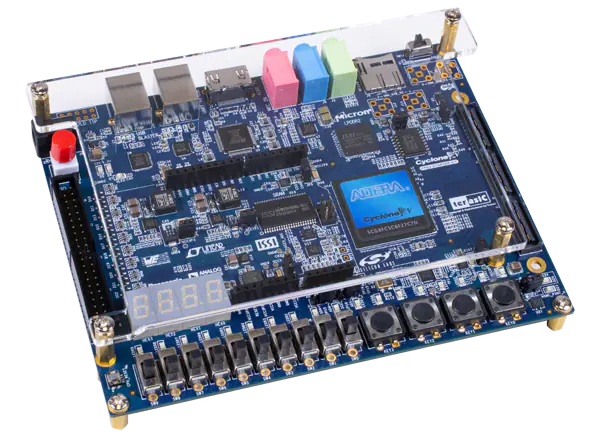Table of Contents

Sequential and Concurrent Statements in VHDL
VHDL (VHSIC Hardware Description Language) is a versatile language used to describe the behavior and structure of electronic systems. Understanding the distinction between sequential and concurrent statements is fundamental to effectively utilizing VHDL for digital design. This article explores these concepts, including processes, if, case, and loop statements, and the differences between sequential and concurrent execution.
Sequential Statements
Sequential statements in VHDL are executed one after the other in the order they appear. These statements are typically found within processes, subprograms (procedures and functions), and testbenches. Sequential execution is similar to the flow of conventional programming languages.
1. Processes
A process in VHDL encapsulates a sequence of statements that are executed sequentially. Processes are fundamental for modeling synchronous and combinational logic.
Example:
process(clk)
begin
if rising_edge(clk) then
-- Sequential statements
if (reset = '1') then
state <= idle;
else
state <= next_state;
end if;
end if;
end process;
2. If Statements
If statements are used for conditional execution of code segments based on boolean expressions.
Example:
process(input_signal)
begin
if (input_signal = '1') then
output_signal <= '1';
else
output_signal <= '0';
end if;
end process;
3. Case Statements
Case statements allow multi-way branching based on the value of an expression. They are useful for creating state machines and decoding logic.
Example:
process(opcode)
begin
case opcode is
when "0000" =>
result <= input_a + input_b;
when "0001" =>
result <= input_a - input_b;
-- More cases
when others =>
result <= (others => '0');
end case;
end process;
4. Loop Statements
Loop statements repeat a sequence of statements a specified number of times or until a condition is met.
Example:
process
begin
for i in 0 to 7 loop
data_array(i) <= '0';
end loop;
end process;
Concurrent Statements
Concurrent statements in VHDL describe operations that occur simultaneously, reflecting the inherently parallel nature of hardware. These statements are evaluated independently of the order in which they appear in the code.
1. Concurrent Signal Assignment
Signal assignments outside of processes are concurrent and are continuously evaluated.
Example:
output_signal <= input_signal1 and input_signal2;
2. Component Instantiation
Instantiating components within an architecture is a concurrent operation, allowing for hierarchical design.
Example:
U1: entity work.and_gate port map (
A => input_signal1,
B => input_signal2,
Y => output_signal
);
3. Generate Statements
Generate statements provide a way to create multiple instances of components or blocks of code conditionally or iteratively.
Example:
gen_block: for i in 0 to 3 generate
data_out(i) <= data_in(i) and enable;
end generate;
Differences Between Sequential and Concurrent Execution
- Order of Execution: Sequential statements execute in a specific order within a process or subprogram, while concurrent statements execute independently and continuously.
- Context of Use: Sequential statements are used within processes, functions, and procedures. Concurrent statements are used within architectures and blocks.
- Behavior Modeling: Sequential execution is suitable for describing algorithms and step-by-step procedures. Concurrent execution models the parallel behavior of hardware components.
Conclusion
Understanding the distinction between sequential and concurrent statements in VHDL is crucial for effective digital design. Sequential statements, used within processes, allow for detailed behavioral descriptions, while concurrent statements reflect the parallel nature of hardware execution. By mastering both, designers can create accurate and efficient VHDL models for a wide range of digital systems.
🏷️ Author position : Embedded Software Engineer
🔗 Author LinkedIn : LinkedIn profile
Comments